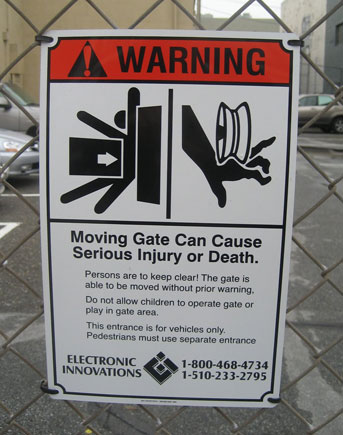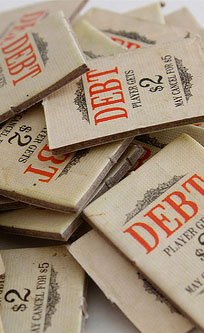If you’re in the business of building a car, you only really only have one chance to get it right. Those years of research and development, trials, testing, marketing and building culminate in a single, big release – your car launch. You only have one chance because by the time your customers drive your car away from the lot, it’s too late to fix that overheating problem with the brakes, or add another 0.5L engine capacity. Shame.
Software used to be the same way. A software project would be analysed, specified, analysed again, specified again, built and re-built and finally, after months or years of development, would be burned onto a CD or floppy disks, put in a box and sent to a store. Before the internet getting updates to software was tricky. You had just one shot to get it right.
Today, we live in a very different software world – especially true for those of us working on web products. With the internet we have a delivery immediacy unlike any other product manufacturing system in the world. We can make a change today and our customers see it in their product, today. You can add a new feature today and start generating new revenue or new customer acquisitions tomorrow.
It goes further. You can release a feature today, and watch, in real time, how your users interact with it. If your key metrics go down, you can roll the feature back out. If there’s a problem, you can either fix it quickly, or roll it back. You have the power to interact directly with your customers immediately over the best channel possible: the product itself.
This is what continuous delivery is all about. It’s like a beautiful gift for any product developer, and I think not making the most of it is a waste of that gift. Release early, release often.




